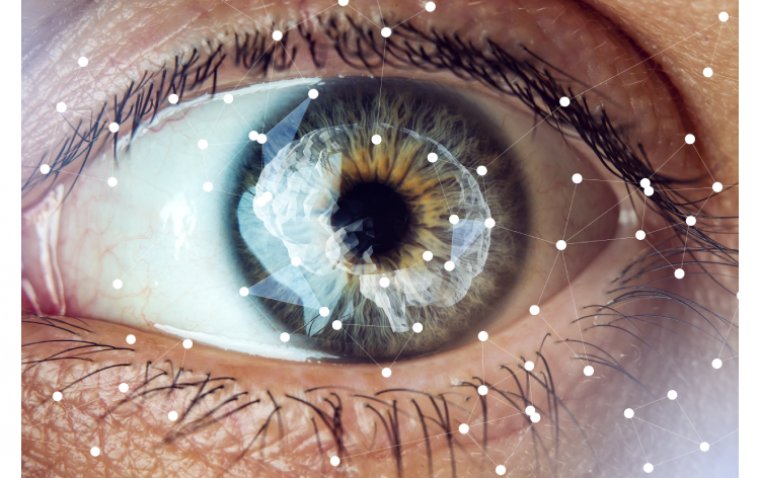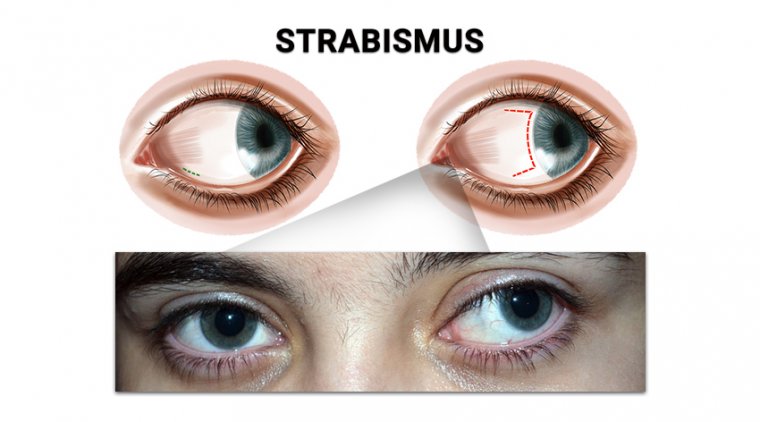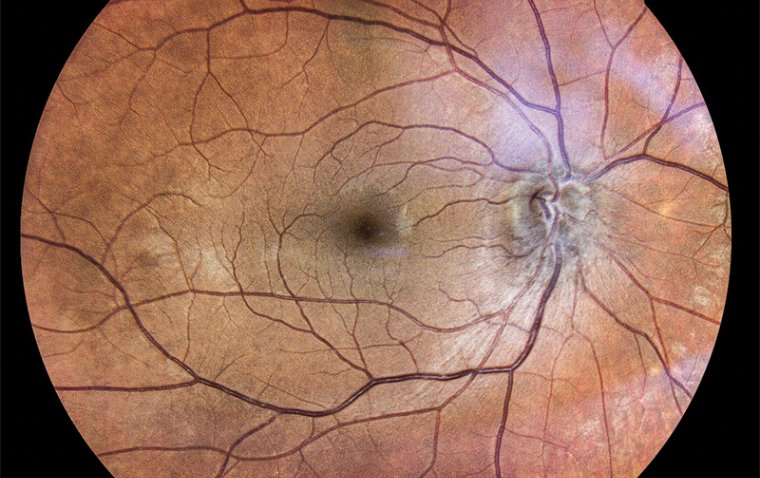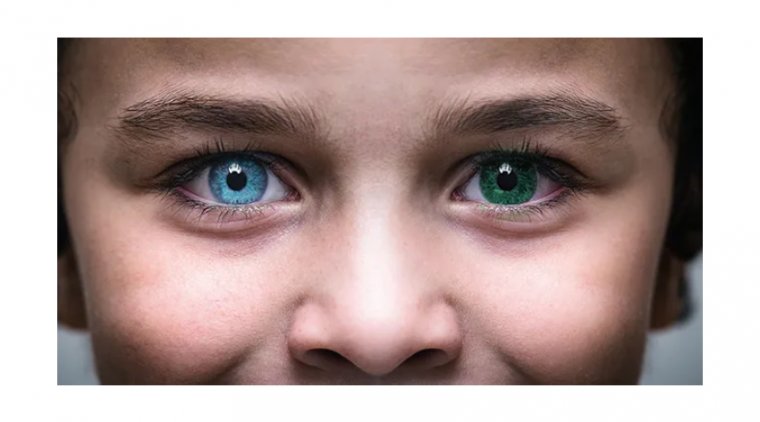
5 Fascinating Facts About How Our Brain Processes Visual Information
The human brain is a complex and fascinating organ that processes a vast amount of information every second. Among the different types of information it processes, visual information plays a crucial role in how we perceive and interact with the world around us. From recognizing faces to reading words, our brain seamlessly processes visual information in various forms. Here are five fascinating facts about how our brain processes visual information.
1. Our brains fill in gaps in our vision
Our eyes have blind spots where the optic nerve connects to the retina, but we rarely notice them because our brain fills in the missing information. This is known as "filling-in," and it happens all the time. For example, when you look at a scene, your eyes take in information from only a small part of the scene at any given time. However, your brain seamlessly stitches together all of these small glimpses into a coherent image of the entire scene.
2. We have a blind spot in each eye
We all have a blind spot in each eye, and we are not even aware of it. The reason for this is that the spot where the optic nerve exits the eye has no photoreceptor cells. These cells are responsible for detecting light and sending signals to the brain, which translates them into the images we see. Our brain compensates for this blind spot by filling in the missing information based on the surrounding visual cues. To test your blind spot, you can try the simple experiment of holding your hand out at arm's length and moving a small object back and forth while closing one eye. You'll notice that at a certain point, the object disappears from view due to the blind spot in that eye.
3. Color perception is subjective
Although we may think of colors as objective properties of the world around us, our perception of color is actually highly subjective. Color perception can vary depending on factors such as lighting conditions, surrounding colors, and individual differences in the way our eyes and brain process visual information. This can lead to disagreements about the "true" color of an object, as different people may perceive it differently.
4. Our brains prioritize movement
Our brains are incredibly efficient at processing visual information, and they prioritize certain aspects of the visual scene over others. One such priority is movement: our brains are wired to quickly detect and track moving objects. This is a survival mechanism that has evolved over millions of years to help us identify potential threats or prey in our environment. As a result, our brains are more likely to pay attention to moving objects than stationary ones, and this can influence our perception of the world around us. For example, we may be more likely to notice a car driving by than a parked car, or a bird in flight rather than a bird perched on a tree.
5. We see what we expect to see
Our brains are wired to look for patterns and make quick decisions based on past experiences. As a result, we tend to see what we expect to see, rather than what is actually there. This phenomenon is known as "perceptual set" and it can lead to errors in perception, such as optical illusions. For example, we may see a word as spelled correctly even if it has a typo because our brains expect it to be spelled that way.
Understanding how our brains process visual information can help us better understand our own perceptions and experiences. By learning more about the psychology of seeing, we can gain a deeper appreciation for the incredible complexity of the human brain.
(1).jpg)










